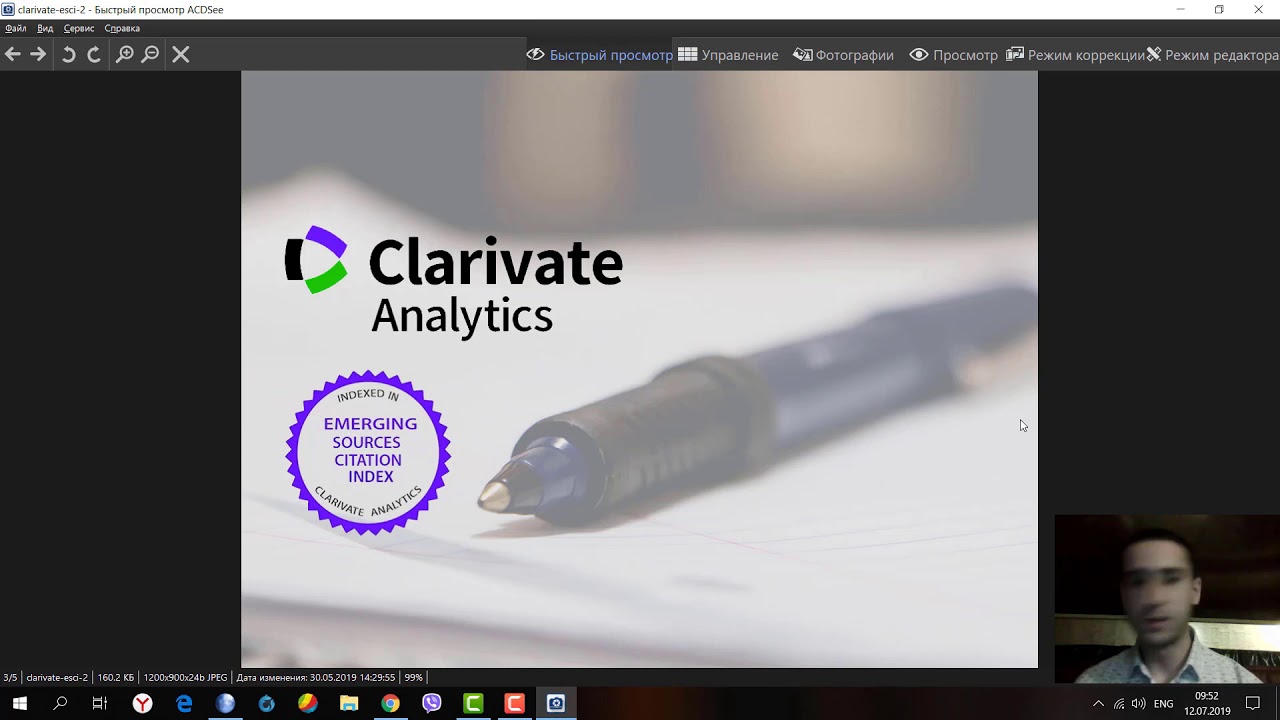
What is an Emerging Sources Citation Index Big Time
ESCI - Emerging Sources Citation Index. Impact Factor (IF): 0 More Details » ID: #12967 Journal Title: Du ISSN: 0012-6837 eISSN: 0012-6837 WoS Core Citation Indexes: AHCI - Arts and Humanities Citation Index. Impact Factor (IF): 0

Emerging Sources Citation Index Hemp Management Academic Journal, PNG
The discussion around quality and impact is pivotal to establishing the value of the Emerging Sources Citation Index as an assessment tool. As Somoza-Fernandez et al. (2018) contend, whilst inclusion in an ESCI journal may draw more and better manuscripts, the debate around the efficacy of indirect assessment, i.e., based on the quality of the journal rather than on the value of the article.
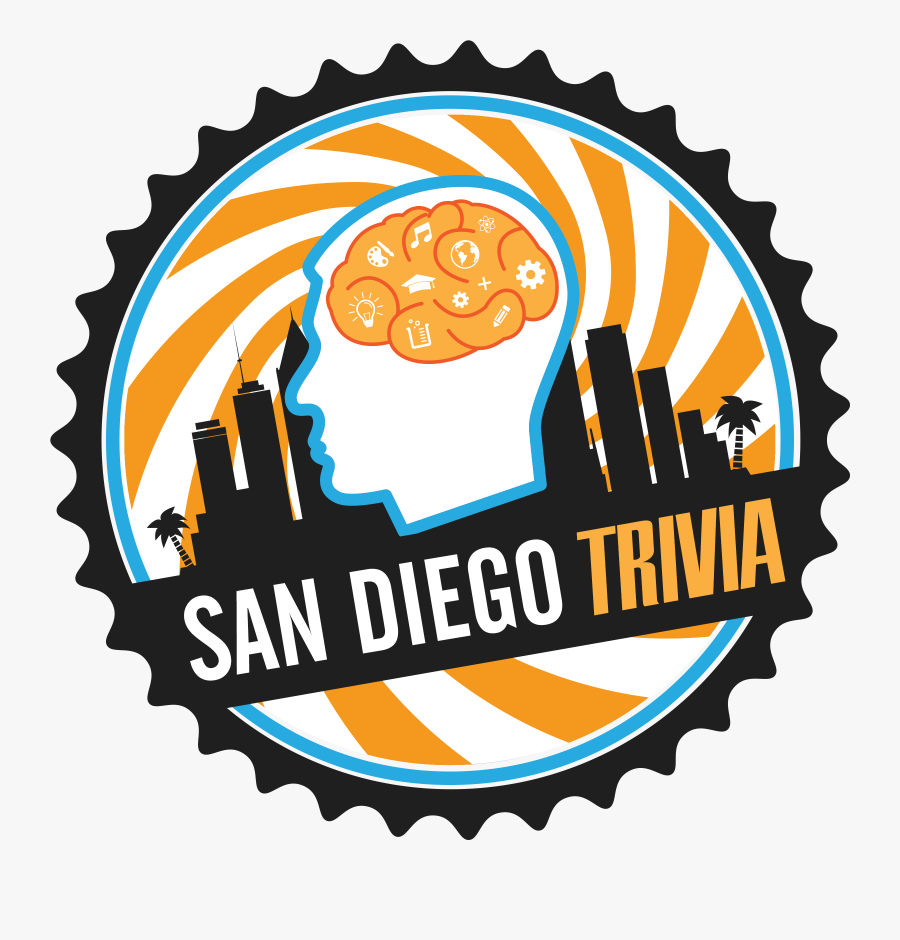
Emerging Sources Citation Index , Free Transparent Clipart ClipartKey
Science Citation Index Expanded, Social Science Citation Index, Arts & Humanities Citation Index, and Emerging Sources Citation Index • Another impact metric, complementing the Journal Impact Factor, that helps you assess journal performance with added context .

ESCI Emerging Sources Citation Index YouTube
Emerging Sources Citation Index deepens subject area coverage across the Web of Science Core Collection and increases interdisciplinary connections by adding: 29%. including the Journal Impact Factor™ (JIF). XBU1141019549 / 05 Sustain your programs in a rapidly changing research landscape with the Emerging Sources

(PDF) Emerging Source Citation Index (ESCI) Journals for Mathematics
The Emerging Sources Citation Index (ESCI) is a citation index produced since 2015 by Thomson Reuters and now by Clarivate. According to the publisher, the index includes "peer-reviewed publications of regional importance and in emerging scientific fields".. While these journals still did not receive an impact factor until the next year.
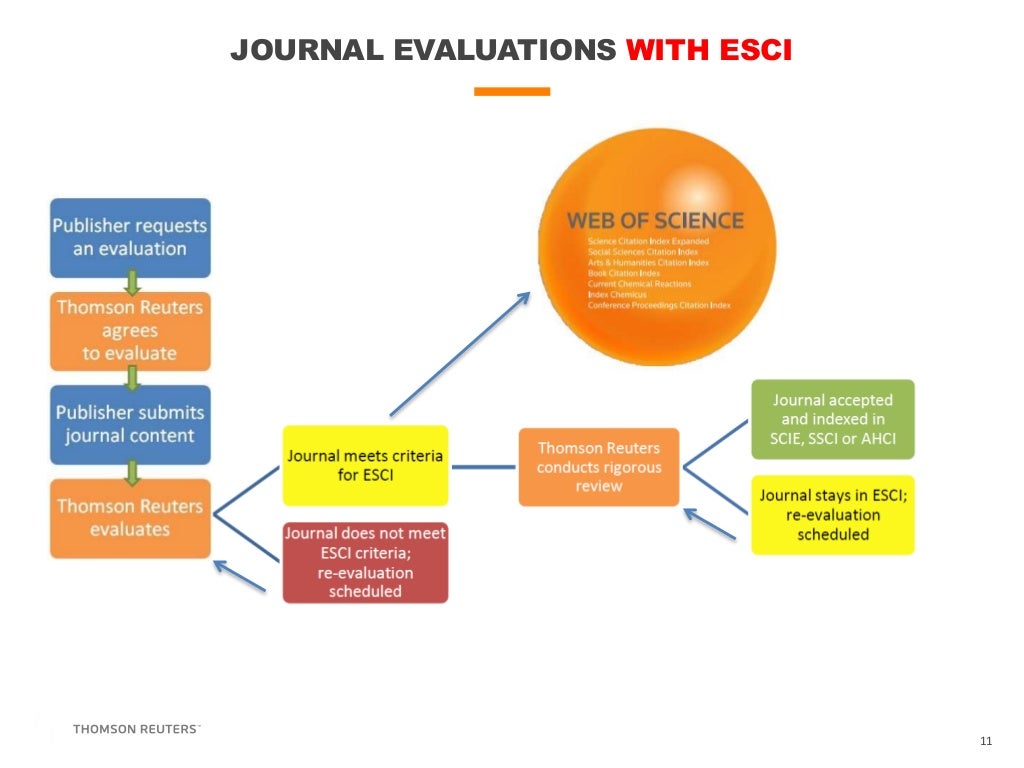
Emerging Sources Citation Index A new edition of Web Of Science
ESCI - Emerging Sources Citation Index. Impact Factor (IF): 0 Journal Citation Indicator (JCI): 0.26 Citations: 1,538 Open Access Support: Hybrid and Open Access Support.. Impact Factor (IF): 0 Journal Citation Indicator (JCI): 0.26 Citations: 1,538 Open Access Support: Hybrid and Open Access Support. Country:

(PDF) Geodetic Journals in the Emerging Sources Citation Index
The Emerging Sources Citation Index (ESCI) was launched in late 2015 by Thomson Reuters as a new database in Web of Science. Around 3,000 journals were selected for coverage at launch, spanning the full range of subject areas. Since 2017 the index has been produced by Clarivate Analytics. The Emerging Sources Citation Index aims to extend the.

¿Para qué sirve el Emerging Sources Citation Index? • Paperpub.io
Journals that meet the quality criteria enter Emerging Sources Citation Index™ (ESCI). Journals that meet the additional impact criteria enter Science Citation Index Expanded™ (SCIE), Social Sciences Citation Index™ (SSCI) or Arts & Humanities Citation Index (AHCI) depending on their subject area.. In recent years our strategy has been.
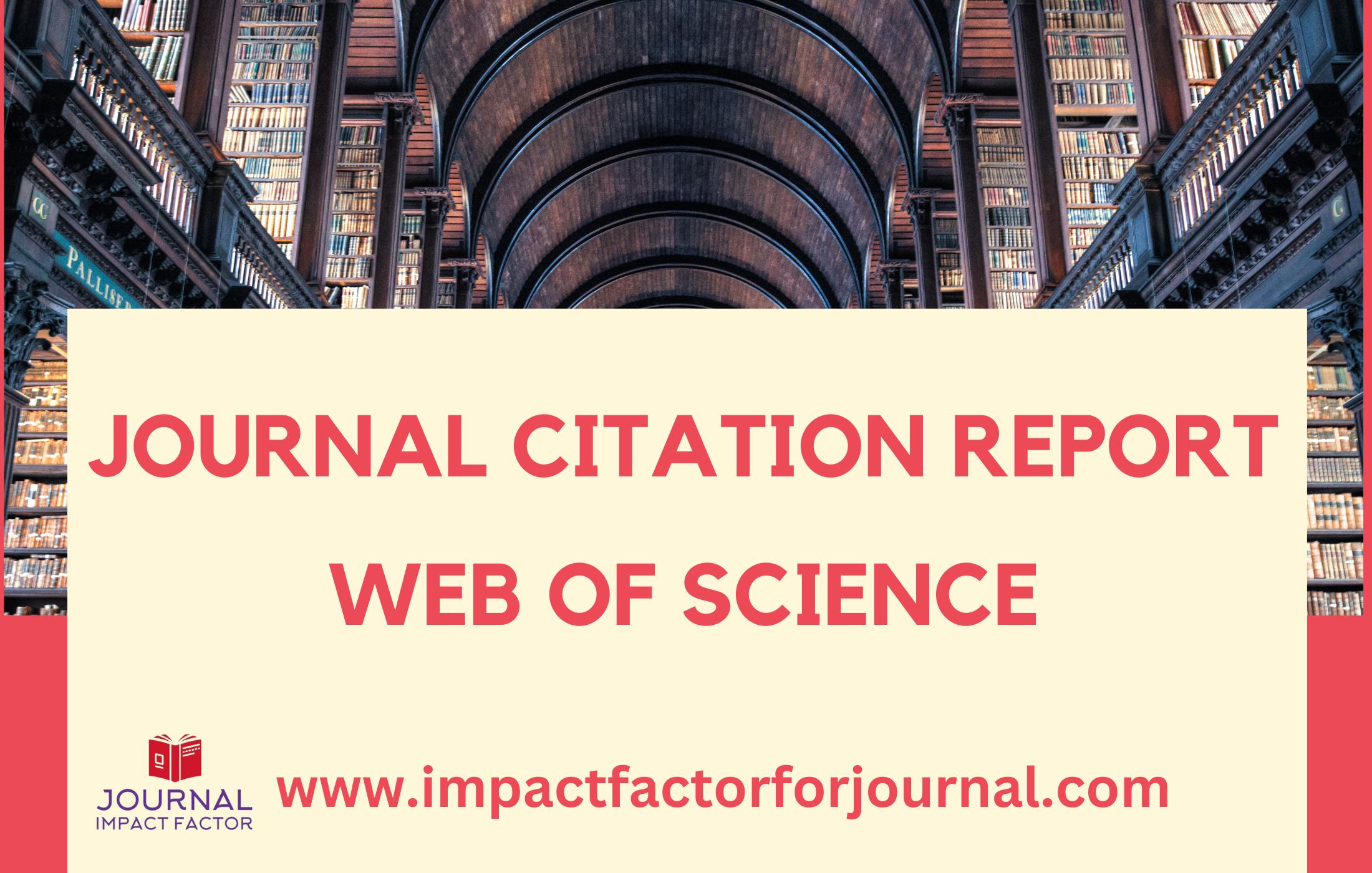
Journal Citation Report Web of Science Journal Impact Factor
Impact Factor (IF): 3.4 Journal Citation Indicator (JCI): 0.57 Citations: 3,616 Open Access Support: Hybrid and Open Access Support.. ESCI - Emerging Sources Citation Index. Impact Factor (IF): 3.4 Journal Citation Indicator (JCI): 0.57 Citations: 3,616 Open Access Support: Hybrid and Open Access Support.

Emerging Sources Citation Index / Igi global journals are found in a
The Emerging Sources Citation Index (ESCI) was created recently, in 2015, but few assessments of its journal coverage have been made. The present study tries to fill that gap by comparing its coverage with that of other international abstracting and indexing (A&I) databases.

Recent Research Aptitude h index impact factor citation index YouTube
With rapid advances and diversifications in new fields of science and technology, new journals are emerging as a location for the exchange of research methods and findings in these burgeoning communities. These new journals are large in number and, in their early years, it is unclear how central these journals will be in the fields of science and technology. On one hand, these new journals.

La sélection des revues dans l’Emerging Sources Citation Index Web of
There will be an 8% increase in gold open access journals that will have a JIF. There will be a minimum 5% increase in journals from the Global South 1 that will have a JIF. In addition, the 2023.

(PDF) РОССИЙСКИЕ ЖУРНАЛЫ В EMERGING SOURCES CITATION INDEX
The main difference between the JCI and the Journal Impact Factor (JIF) is that the denominator of the JCI is the number of reviews and articles for only the most recent 3 years, while the numerator is the citations of those reviews and articles for 4 years, including the current year.. (SCIE) and 35 Emerging Sources Citation Index (ESCI.
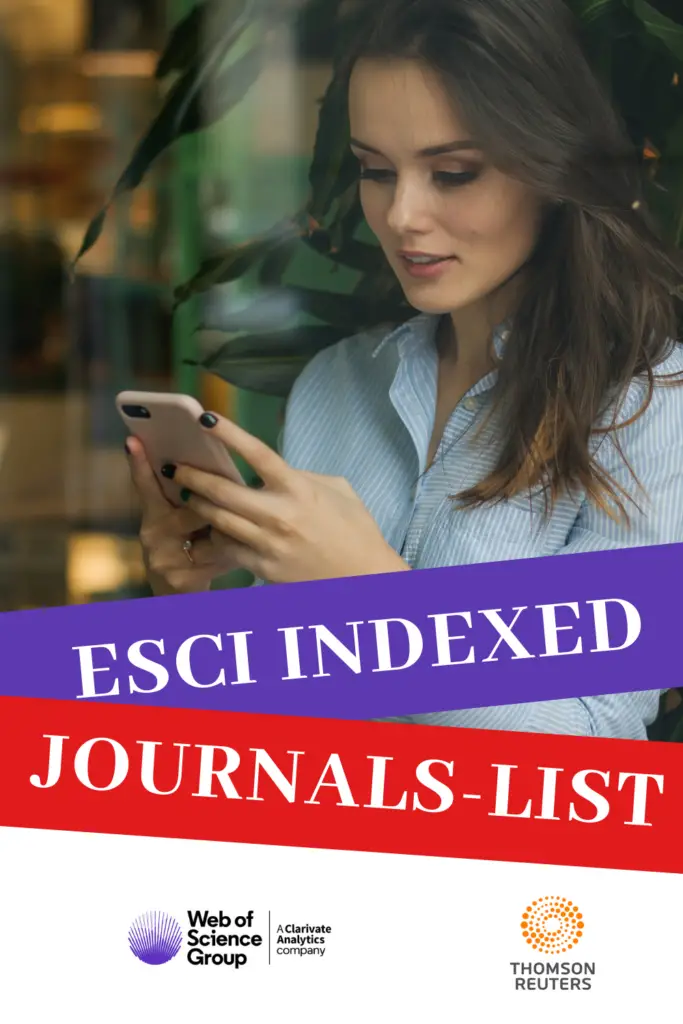
List of Emerging Sources Citation Index (ESCI) Journals iLovePhD
Streamline your research to accelerate breakthroughs. Identify new opportunities to advance your research. Monitor diverse outputs for new discoveries, potential partners, trending topics, and commercial opportunities. Content and data. 187.8 million total records. 2.1 billion cited references.

What is the difference between the Emerging Sources Citation Index and
Considering the Emerging Sources Citation Index, this source had a majority presence in Social Science and Humanities, while it accounted for around 7 % in Medicine and Mathematics. The last column of Table 2 shows the contribution of ESCI to the three main WoS databases (SCI, SSCI, A&HCI). 3.2. General indicators by field

Emerging Sources Citation Index A new edition of Web Of Science
The Emerging Sources Citation Index is a citation index produced since 2015 by Thomson Reuters, and now by Clarivate Analytics. SCI has non zero impact factor but SCIE journals are just ranked for.
- Accord Cg8 Tipos De Luces
- Alimentos Para Reducir El Hipertiroidismo Nutricionista
- Better Call Saul Temporada 6 Parte 1 Netflix España
- Que Se Trabaja Con Las Flexiones Diamante
- Almacenamiento Aplicaciones Smart Tv Td System
- Lexus Ct 200 Hybrid Drive
- El Rey Cobra Por Barril De Petroleo De Arabia Saudi
- Ala Di San Giacomo Dall Orio
- Puente Grua Y Sus Partes
- Crema De Boniato Y Puerro
